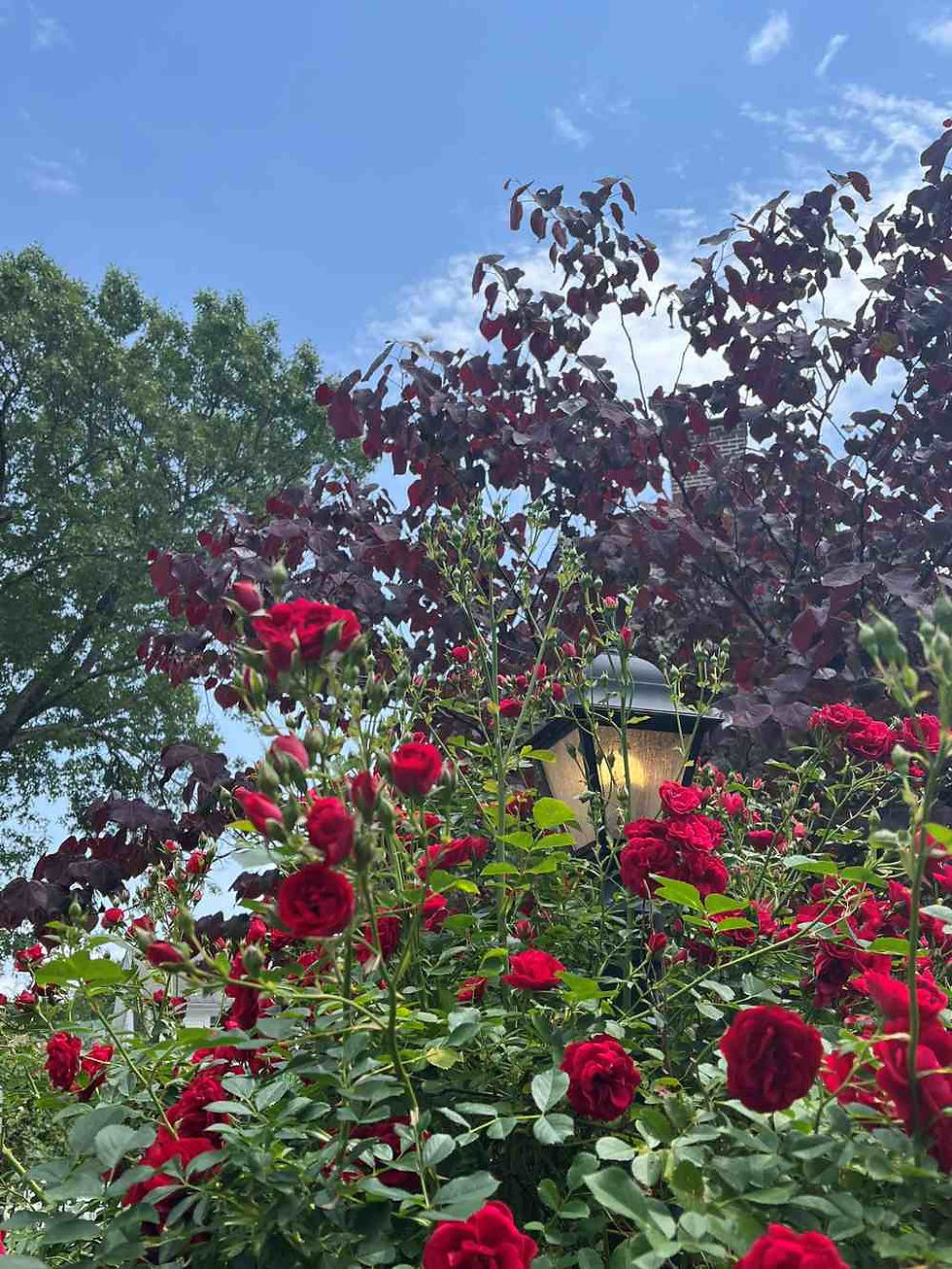How to Become an Artist
- LaCalaveraCat
- Apr 7, 2023
- 4 min read

The headline, I will admit, is a bit misleading. This post is not really about how *you* can become an artist. It’s more about how I became one. Of course, the lessons I learned are lessons anyone can learn. So, keep reading, and see if you feel, at the end, that art is something you can take on as well.
When I was younger, I loved reading fantasy books. I have a vivid memory of reading Raymond E. Feist’s Riftwar Saga. I had finished the first two books, Magician: Apprentice and Magician Master, and I was eagerly awaiting the next book in the series. It was 1986, and the mass market paperback sequel, Silverthorn, had just come out. I begged my mom to take me to the book store so that I could buy it. I still remember the excitement I felt when my eyes fell on that beautiful cover: a tan menacing archway in the shape of a fantastical creature with its mouth open and swallowing the aforementioned silverthorn. The hero, in a dark purple tunic, emerald leggings, and soft leather boots (they were always wearing soft leather boots), stood off to the side, silver sword in hand.
It was a very specific fantasy art style in the 80s that I just loved. I always wanted to be able to paint and draw such fantastical pieces, but I told myself that I just wasn’t born with that talent.
Fast-forward to about five years ago. One Christmas, I decided that I was going to teach myself how to draw. I really didn’t even know where to start, so I just typed in “How To Draw” on Amazon and purchased the first book that popped up: “How to Draw Cool Stuff: A Drawing Guide for Teachers and Students,” by Catherine V. Holmes. And the book was exactly what it said it was. It walked you through the basics of shape and form and had you learning to draw simple line drawings of cool things. Over time, I learned how to shade and add form to the drawings.

It was a nice start, but it was still just drawing from flat, 2D drawings. In those instances, the artist who created the 2D drawing had already solved all of the perspective and form problems for you. Recreating that 2D drawing was not too challenging. Translating something that is 3D in real life to a 2D form involves a lot of problem-solving. When I tried to apply what I’d learned to drawing from life, I found that there was a whole new skill set that I needed to learn.
So, I started to take community art classes. That’s where I learned how to draw botanicals and to experiment with different mediums. I took classes from the wonderfully talented Anastasia Semash. She taught me how to really paint and draw what I see.

I also made an effort to practice sketching, painting, and drawing every single day. Even if I only got in a few minutes of drawing, it all began to add to my muscle memory and to my visual library.
I also decided to participate in Inktober every October, which is a great way for me to ensure that I get that daily sketch in.

Over time, I’ve taught myself how to paint with watercolors:

Gouache:

Acrylics:

Colored pencils:

Oils:

And that’s where I am today. I still try to do art daily (and I include the vector art that I create in Illustrator or the digital paintings I create in Procreate). It’s a balm for my soul and helps when I’m feeling overwhelmed.
I see a lot of folks playing around with AI “art.” In my opinion, the art resulting from AI search prompts all tends to look the same — dark and flat and uncanny. It looks, for now anyway, like what it is, an amalgamation of millions of pieces of art. There’s a sameness to it all that is instantly recognizable. I know that folks will say that the algorithms are just doing what I do when I’m learning from the many pieces of art I see, and I know that I’m not as fast as an algorithm that can scrape billions of images.
But that is what makes my art unique. I gravitate toward and choose to use specific references. That preference that I have is shaped by my unique lived experiences. What you see is a result of my personal filter. It’s not the result of a mishmash of every image, just the ones I choose to breathe in. No one else has that experience. And that experience tells me to choose what composition to use, what lighting to evoke what mood, what colors to use, what brush types to pick up, how much paint to put down, what details to include or exclude. It is what differentiates my “compilations” from anyone else.
I also often see the word “gatekeeper” thrown around in discussions around AI art. I really don’t think that’s the case, not from me anyway, because I, too, started with absolutely zero artistic training, and I started very late in life. I didn’t go to art school. Learning how to draw is not just a skill that I believe every artist has to have. It’s something that you do daily that helps you as an individual with unique life experiences to draw and make art of what only you can see.
*All image sources: Merlina McGovern




Comments